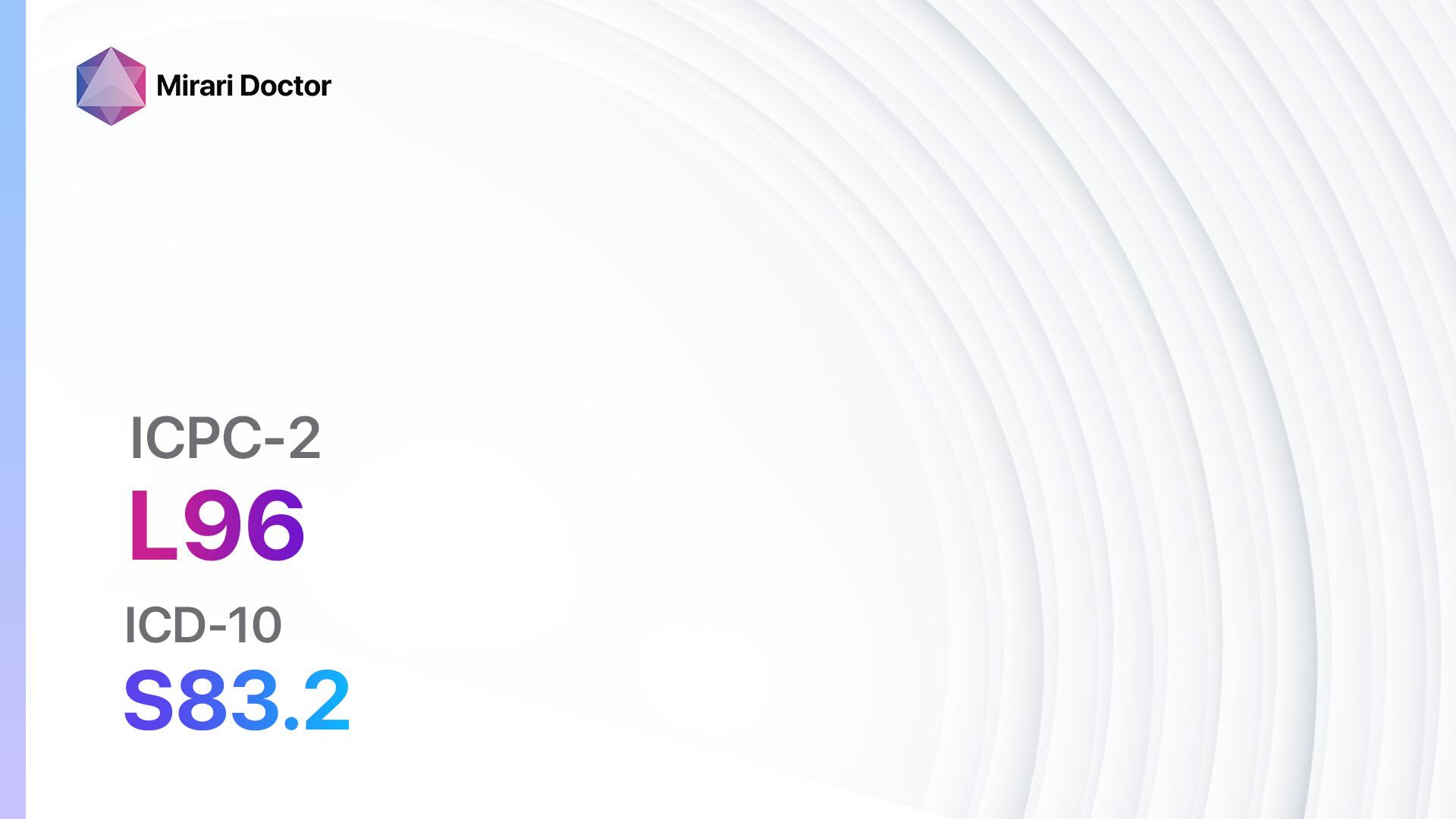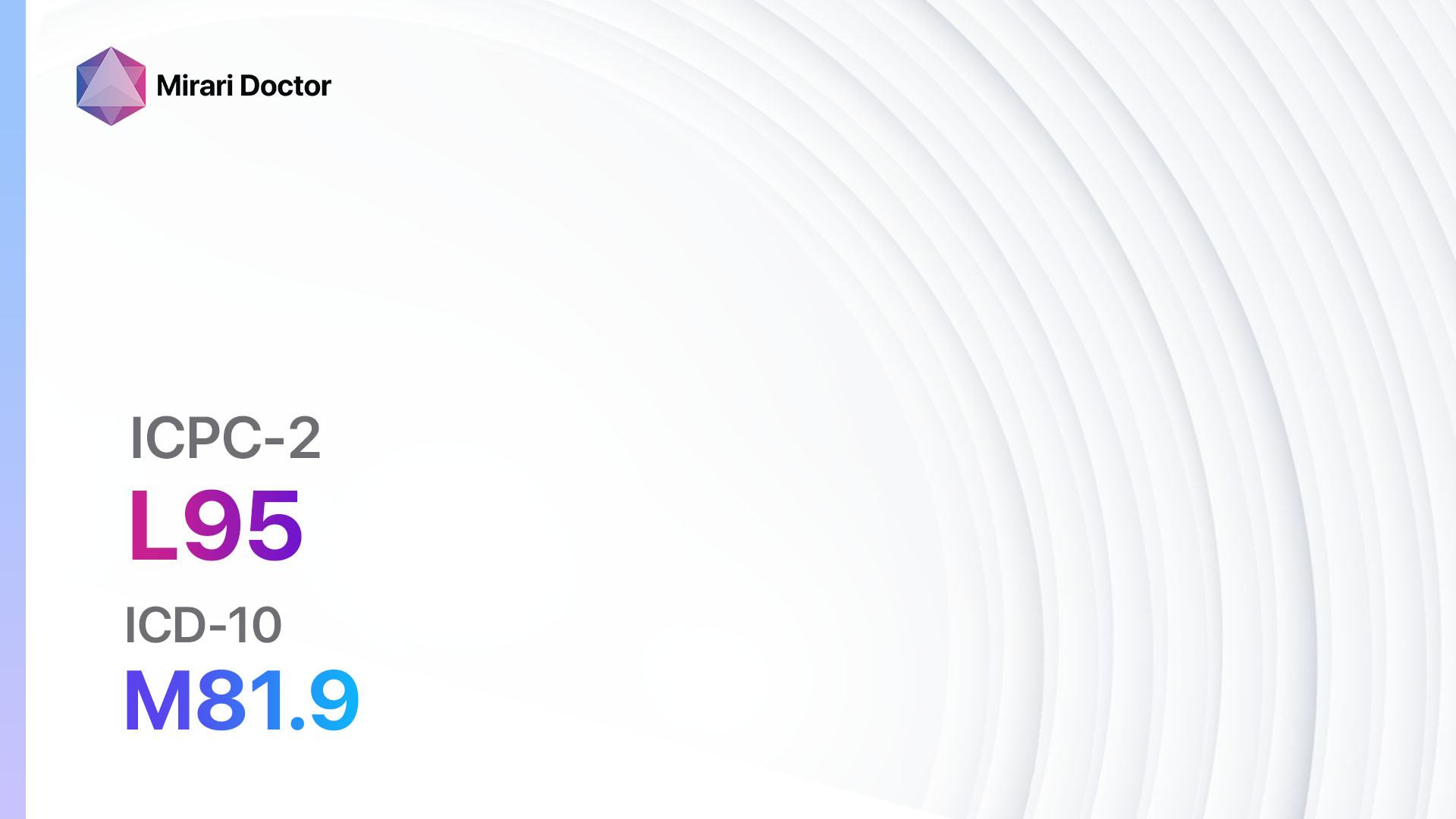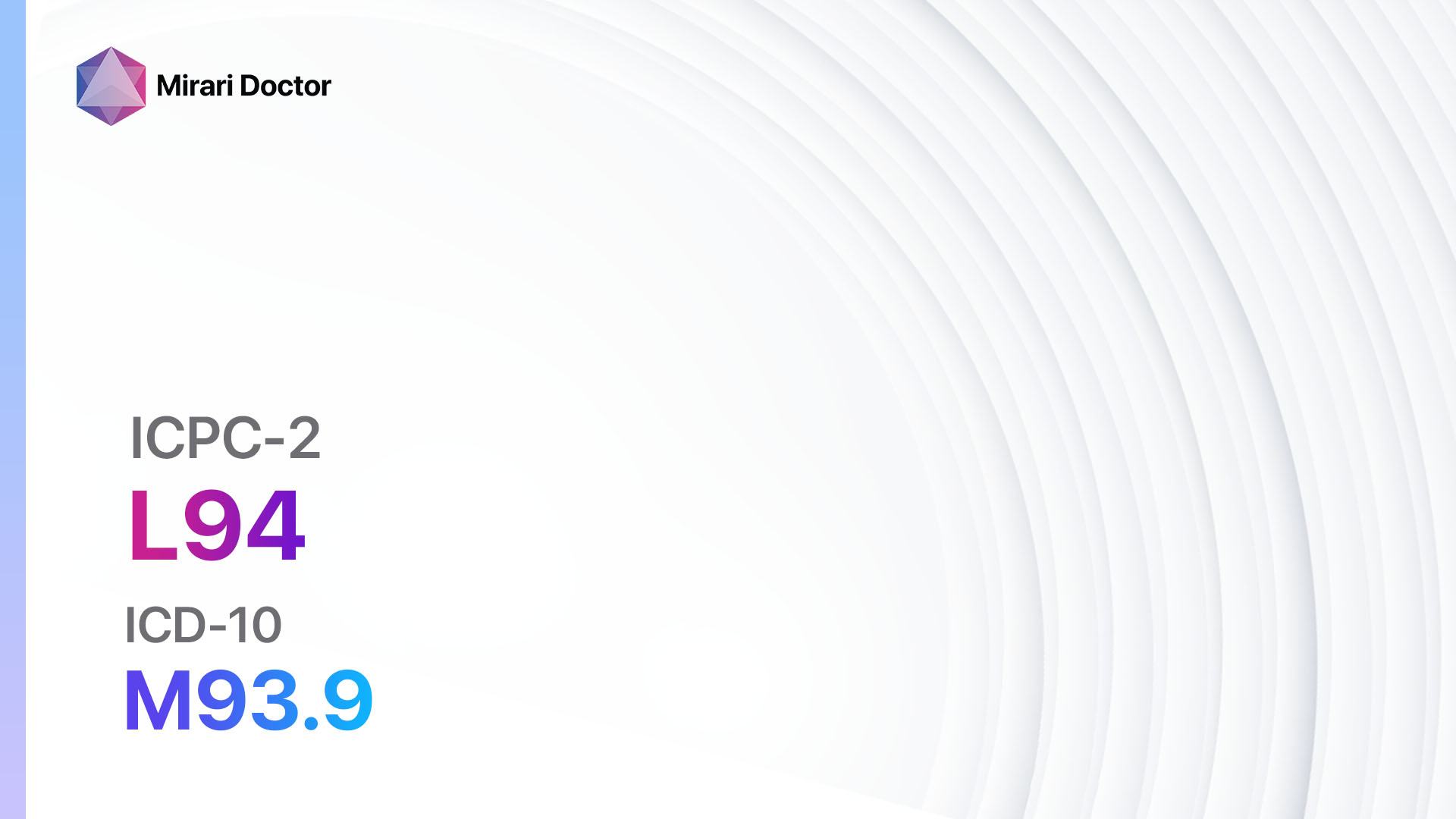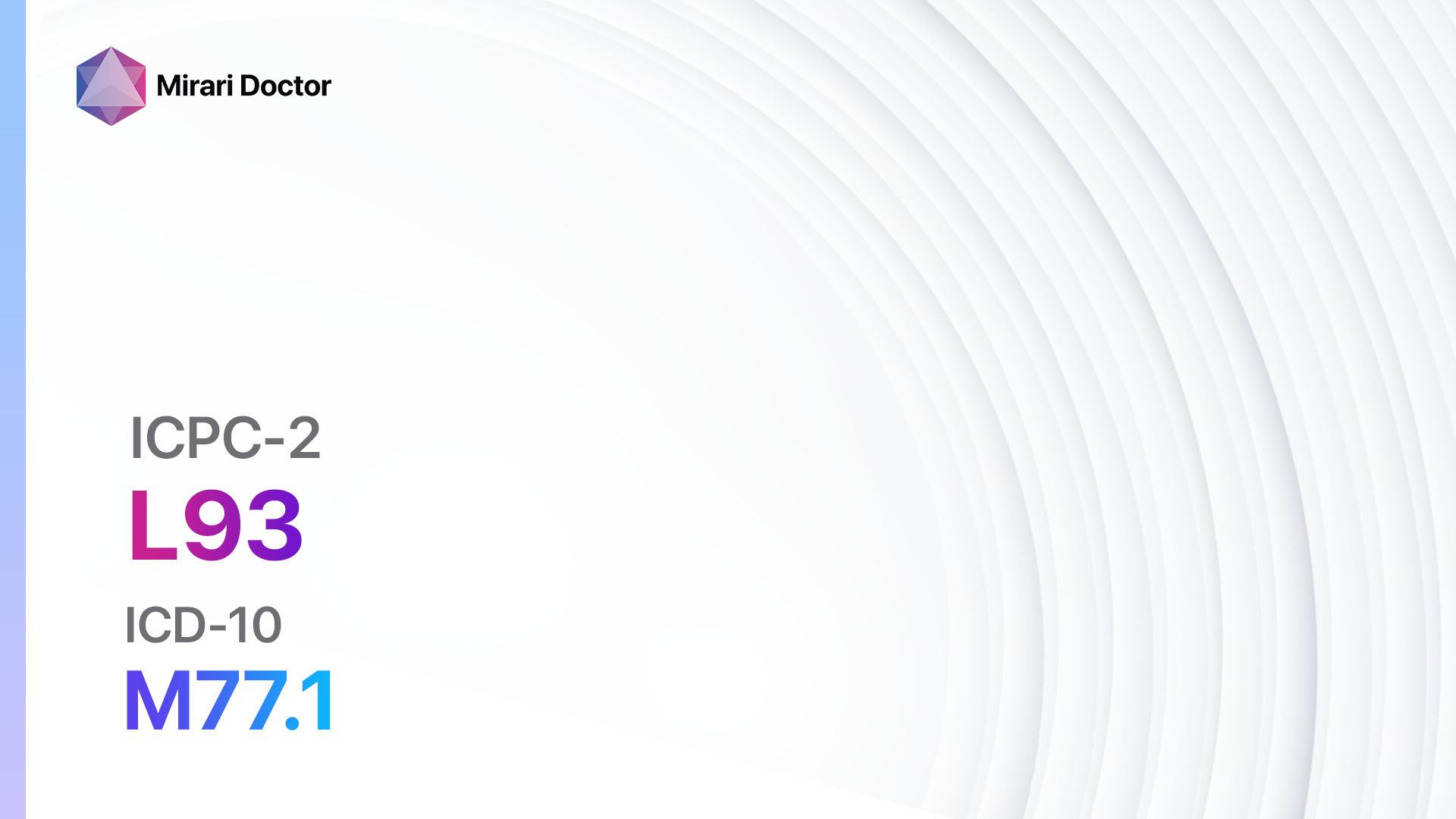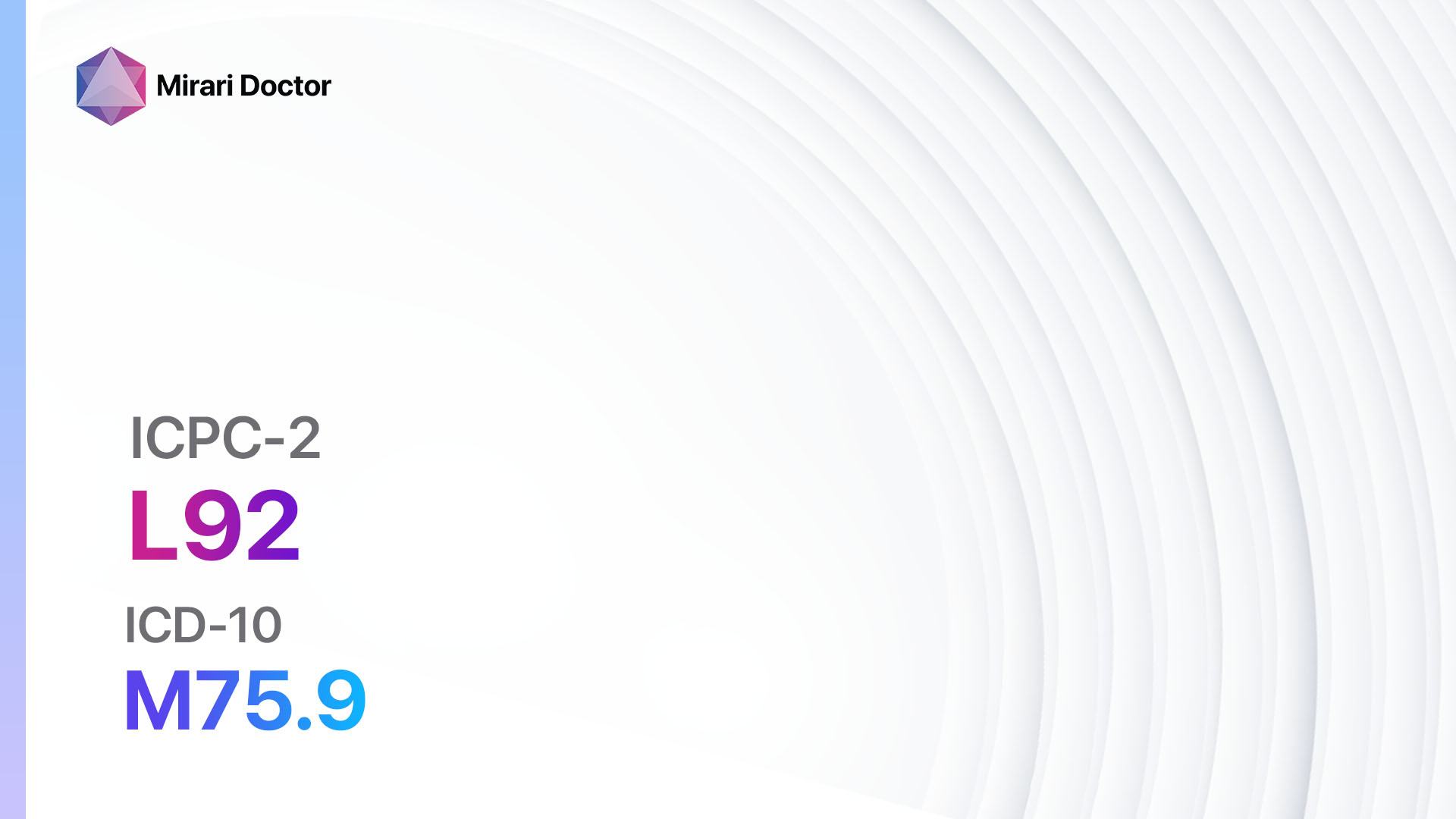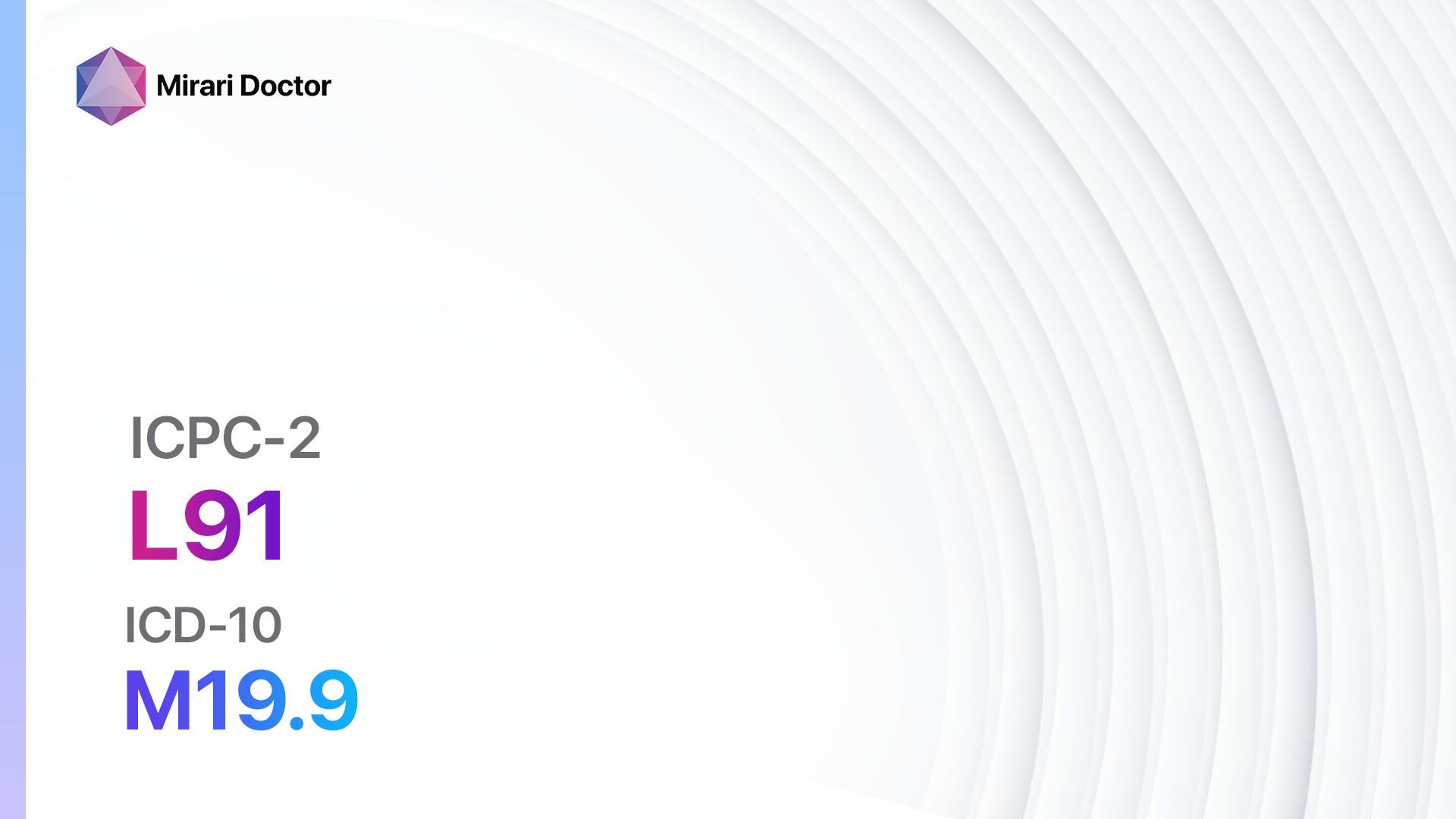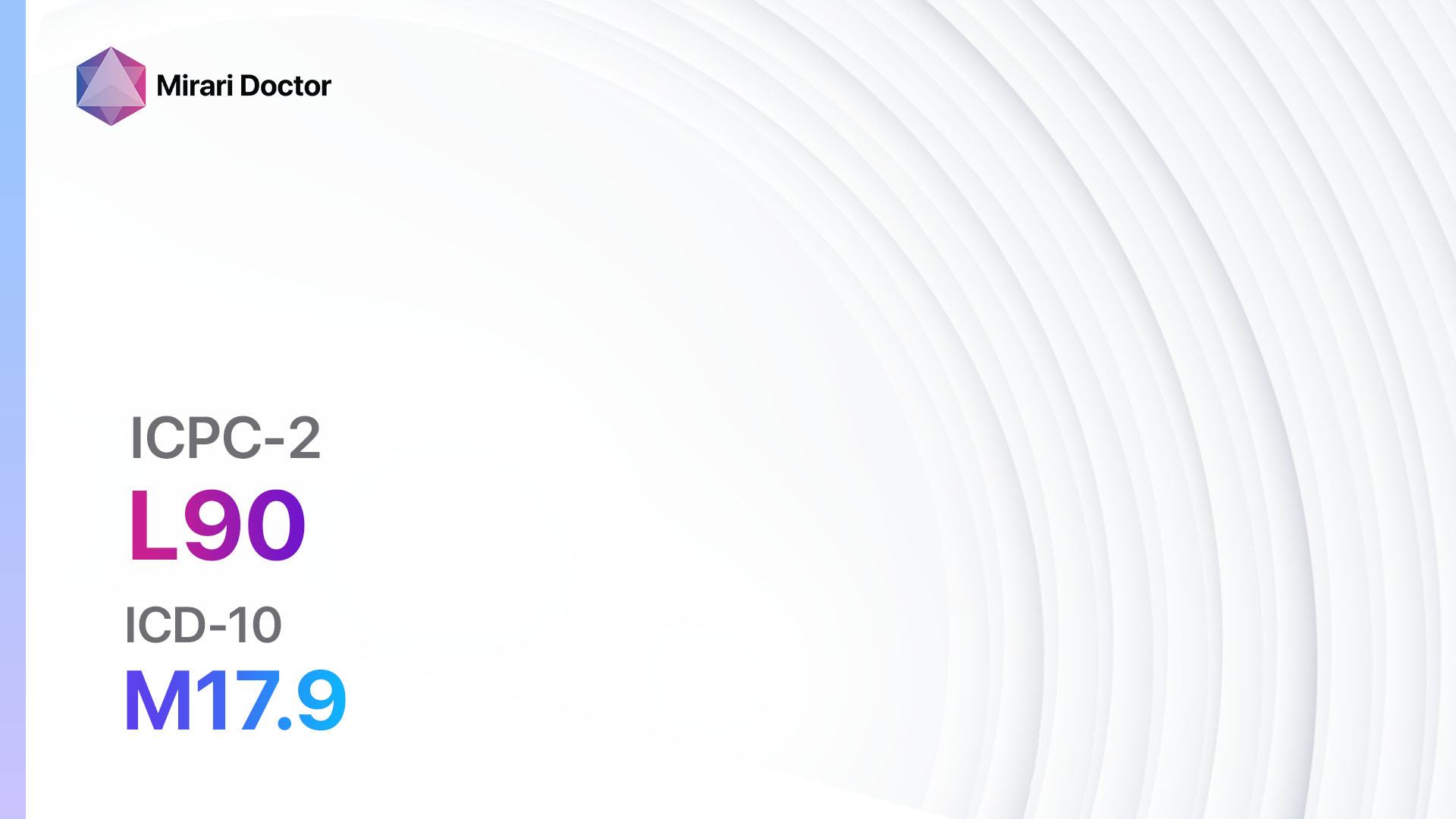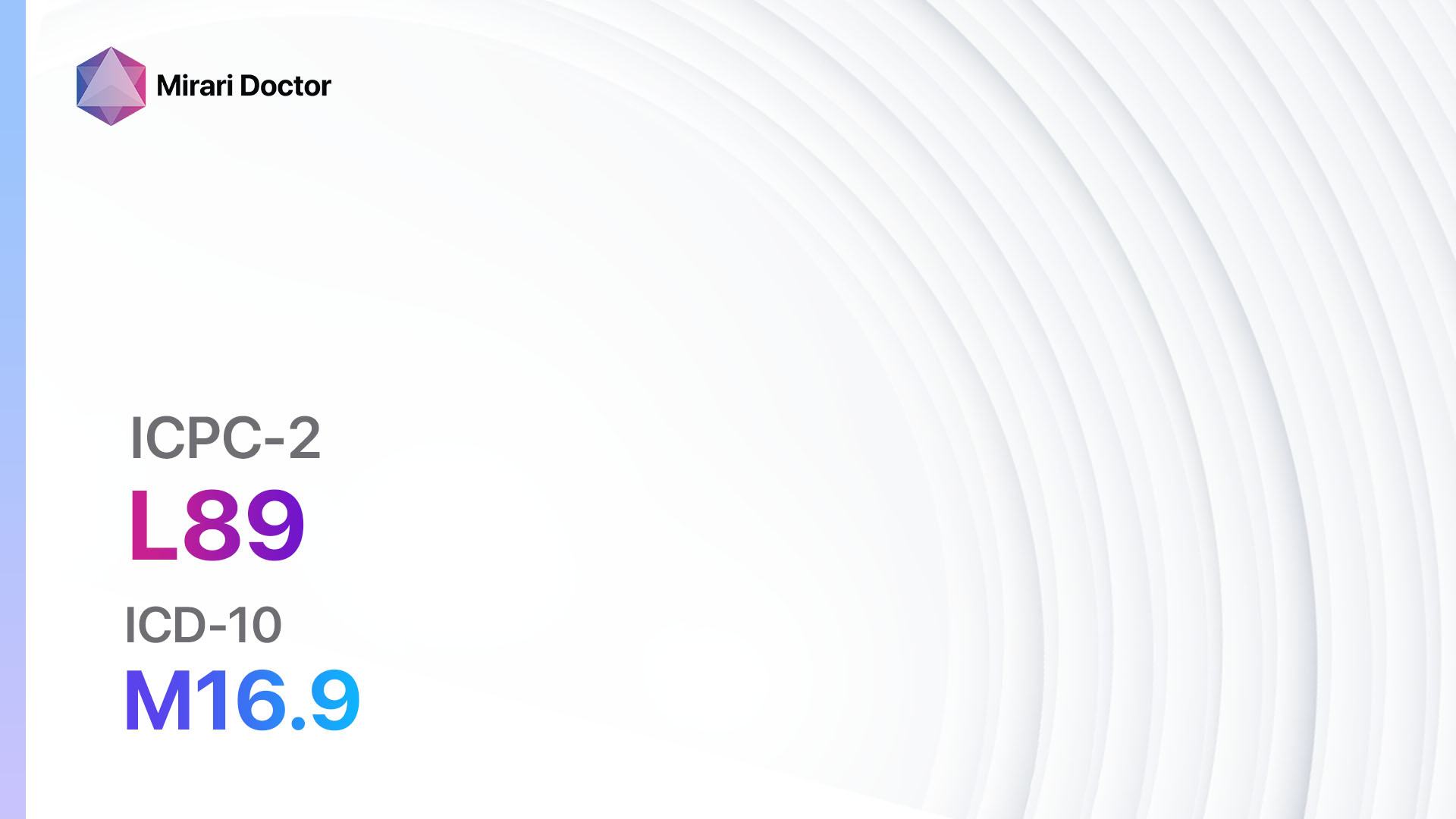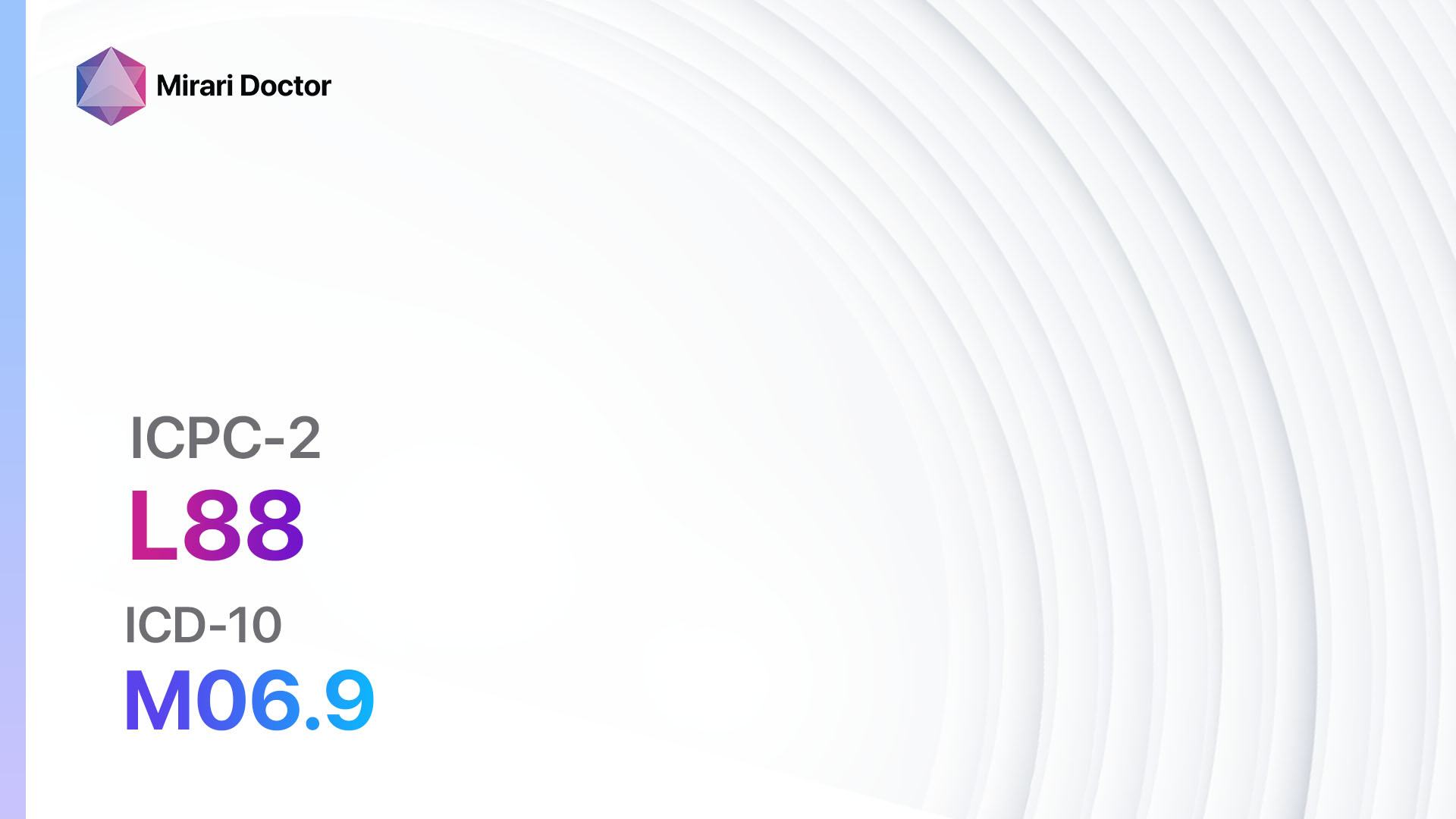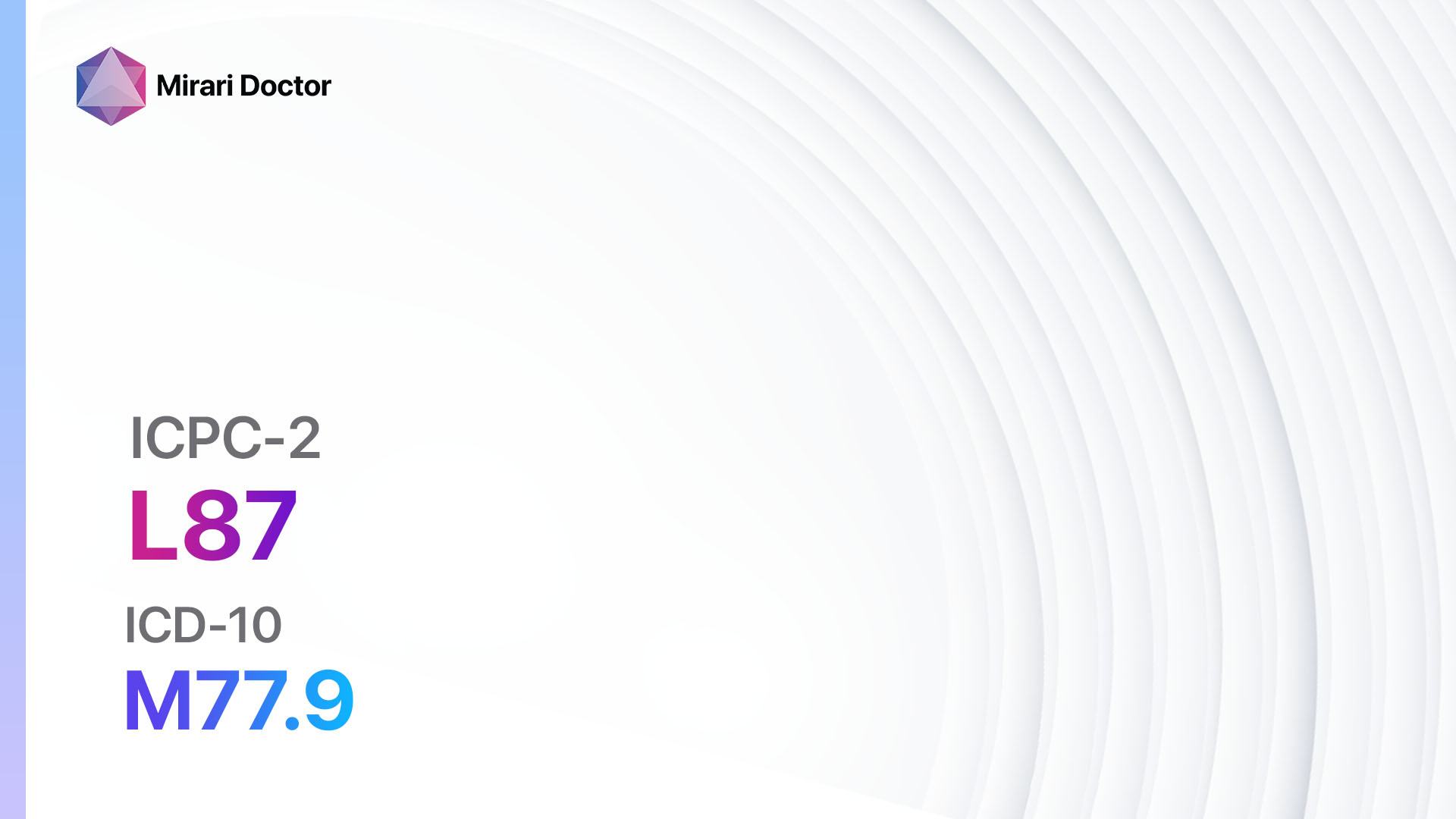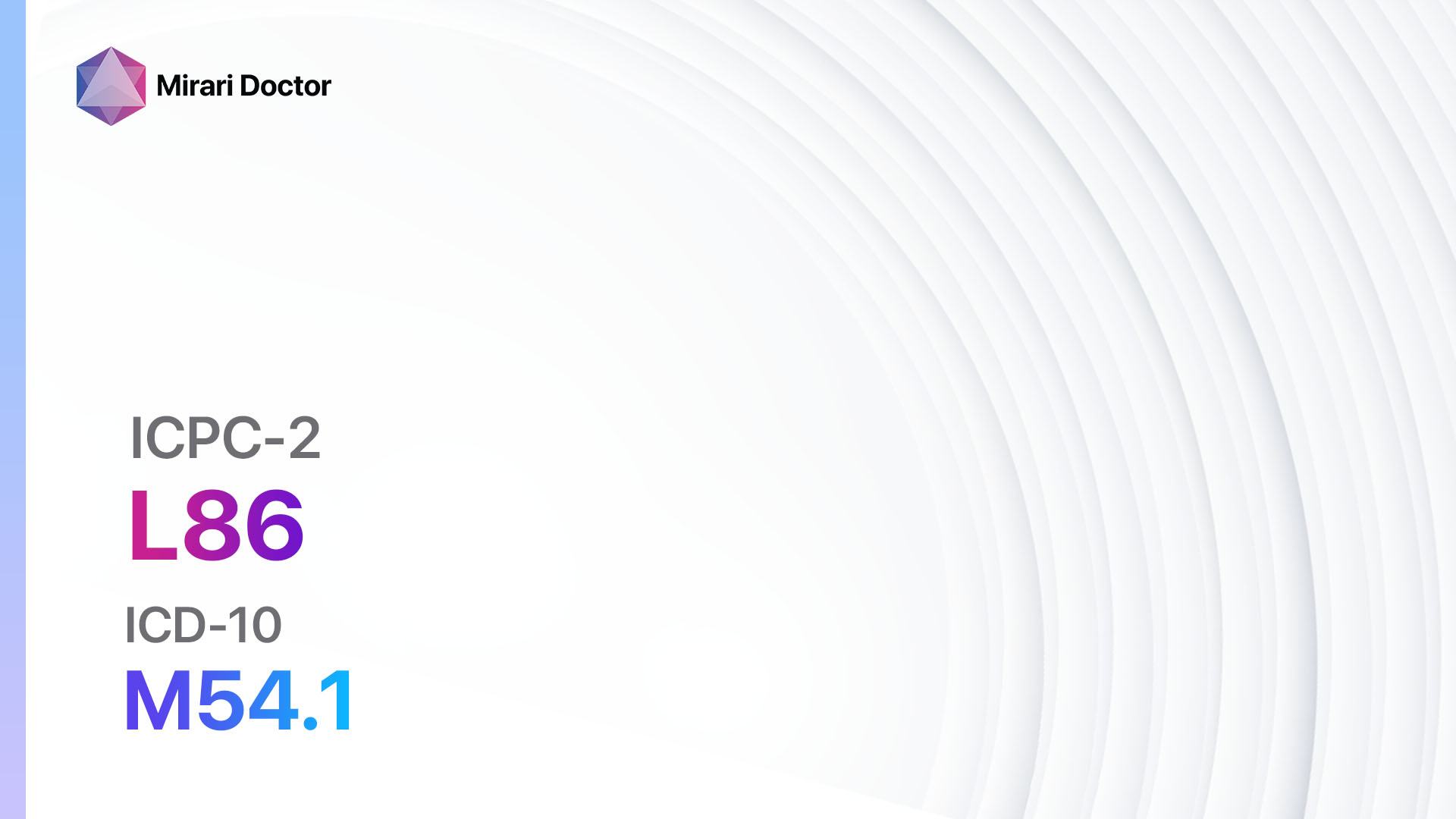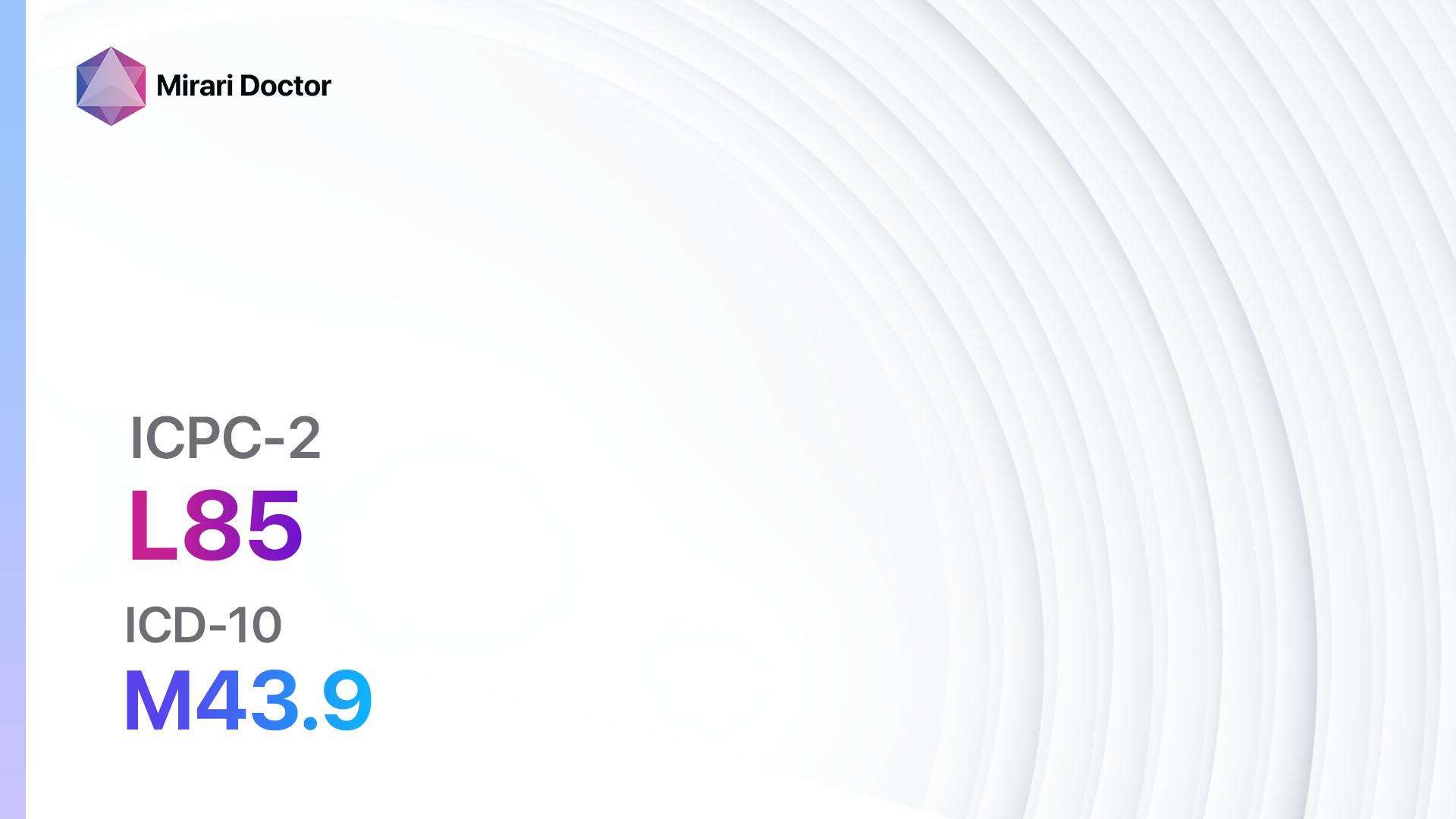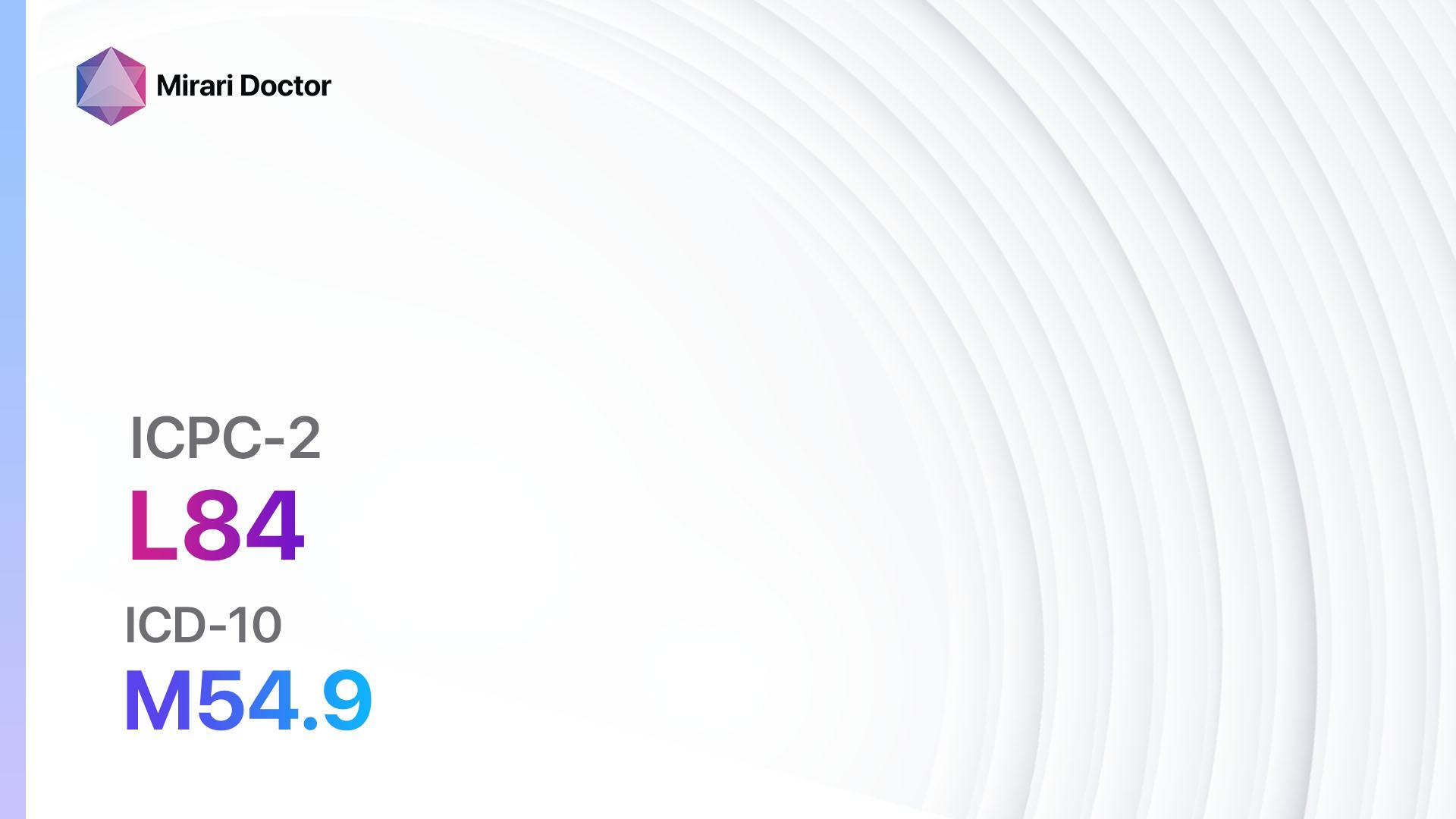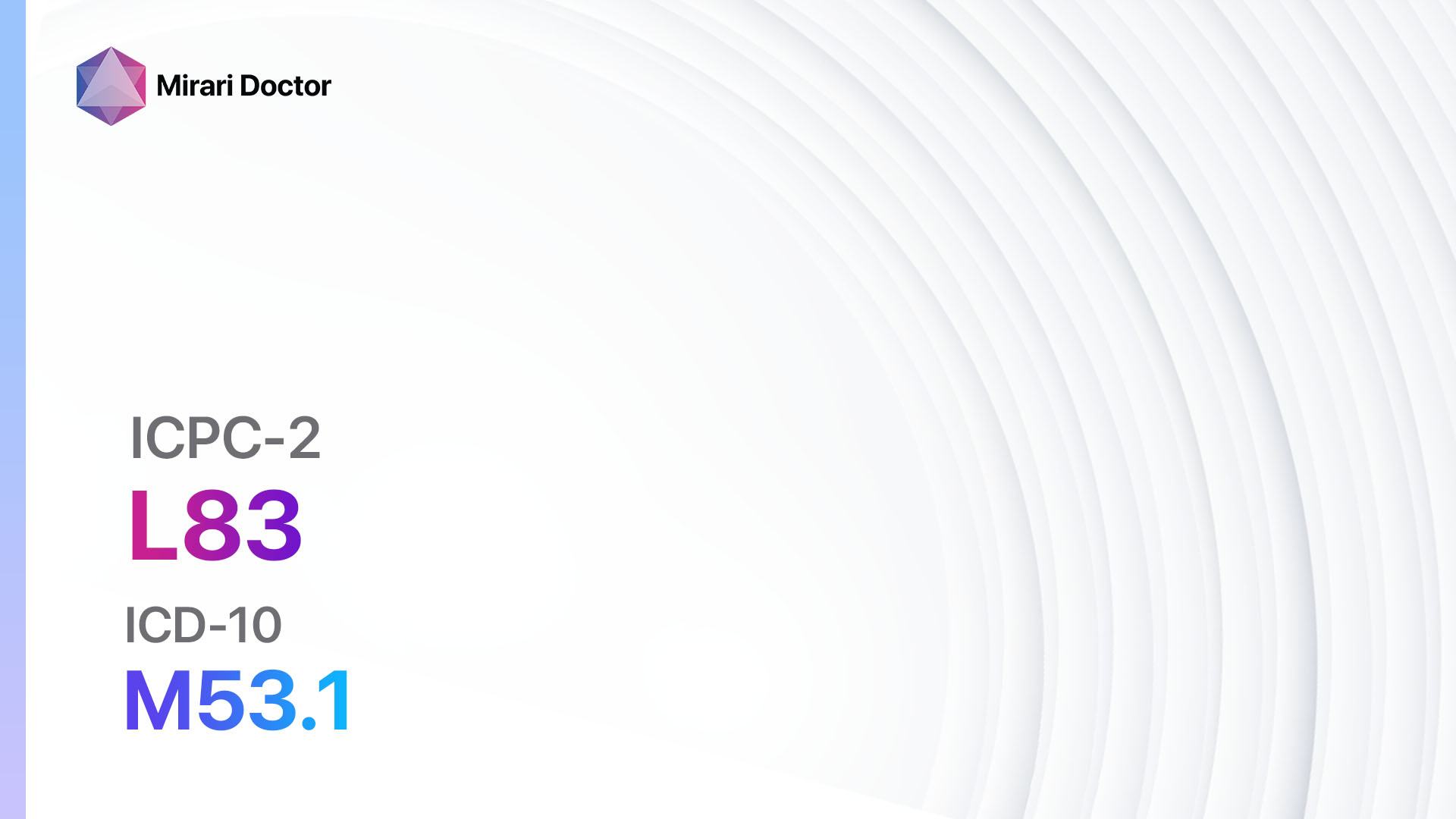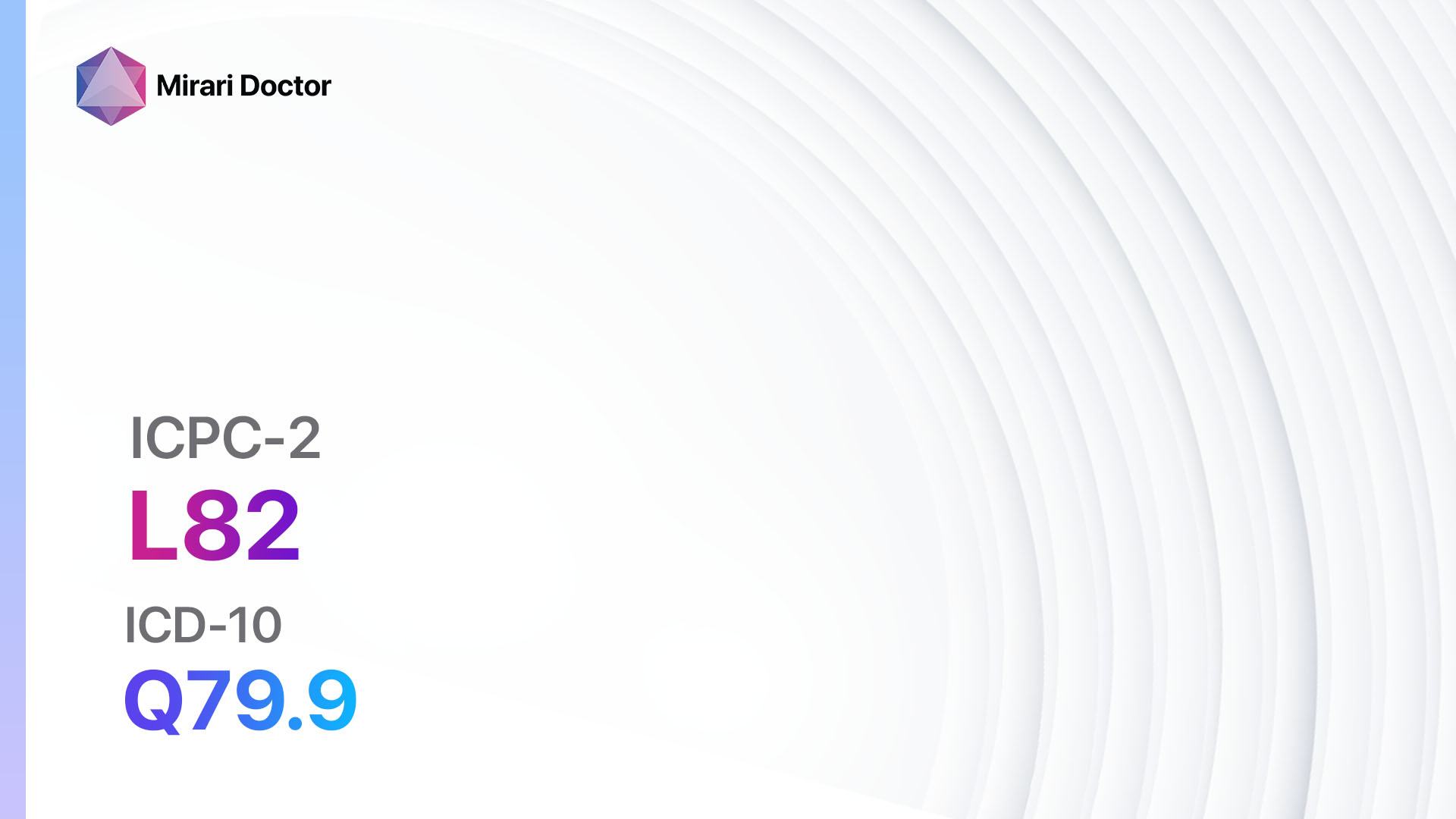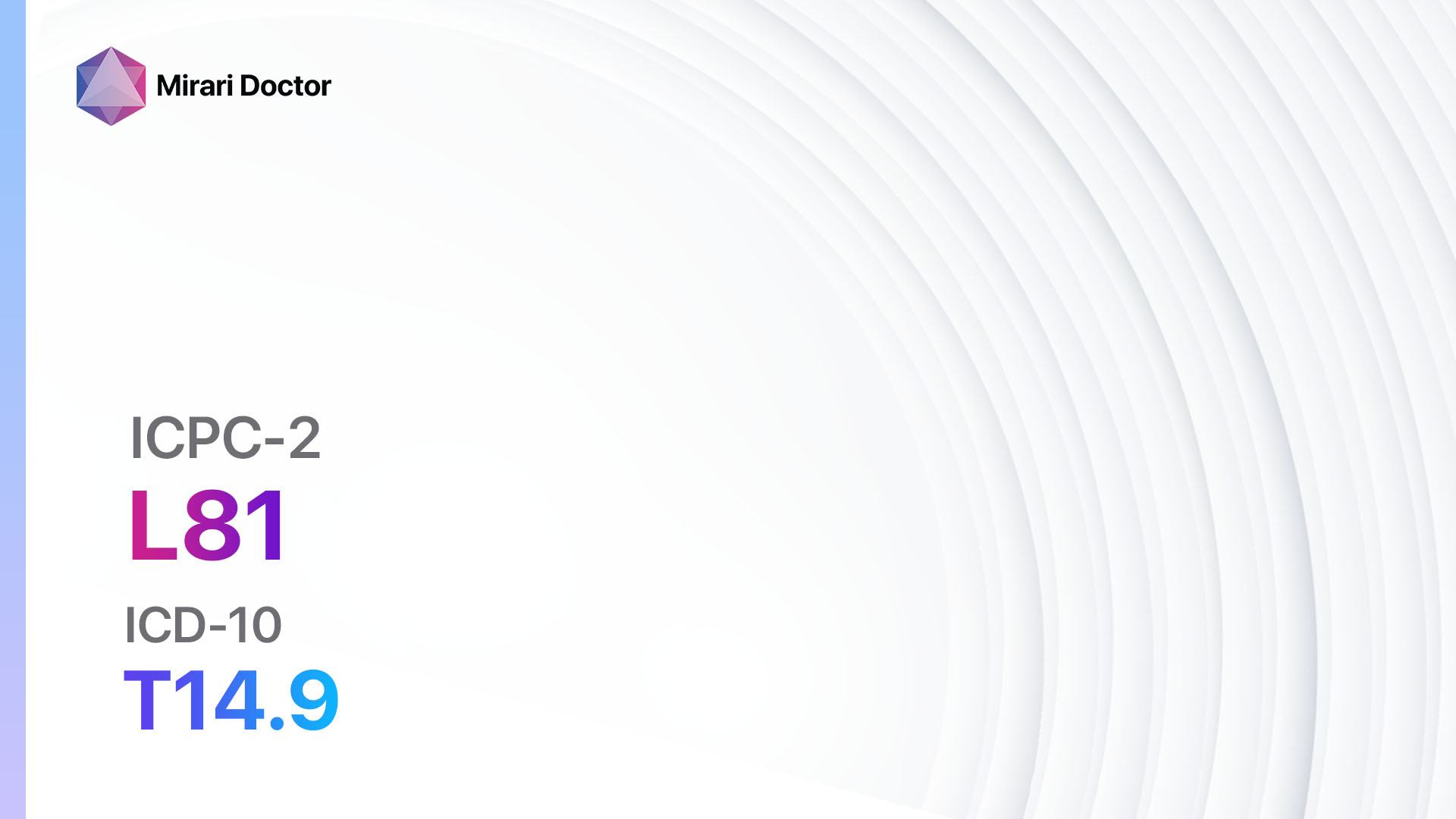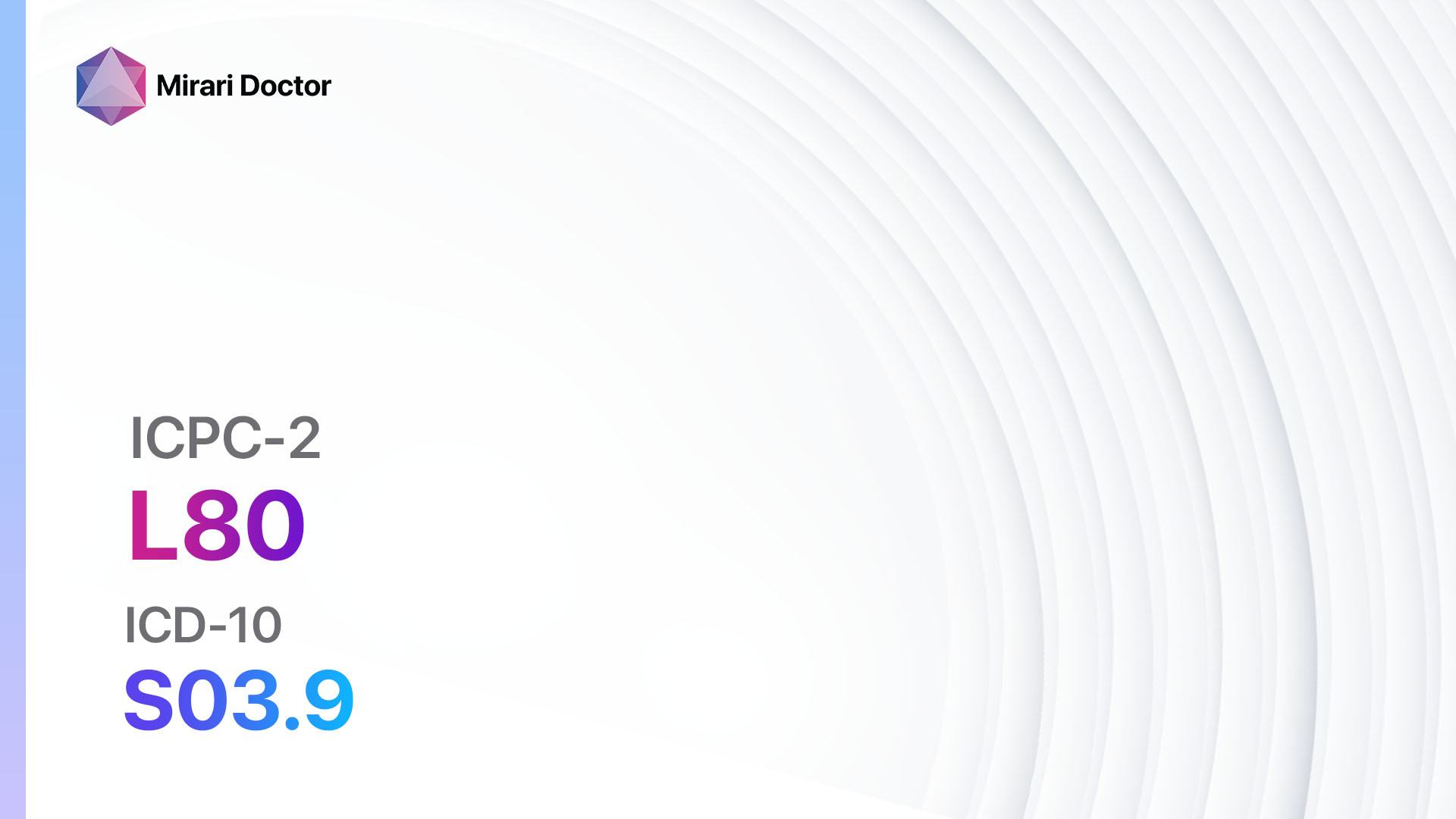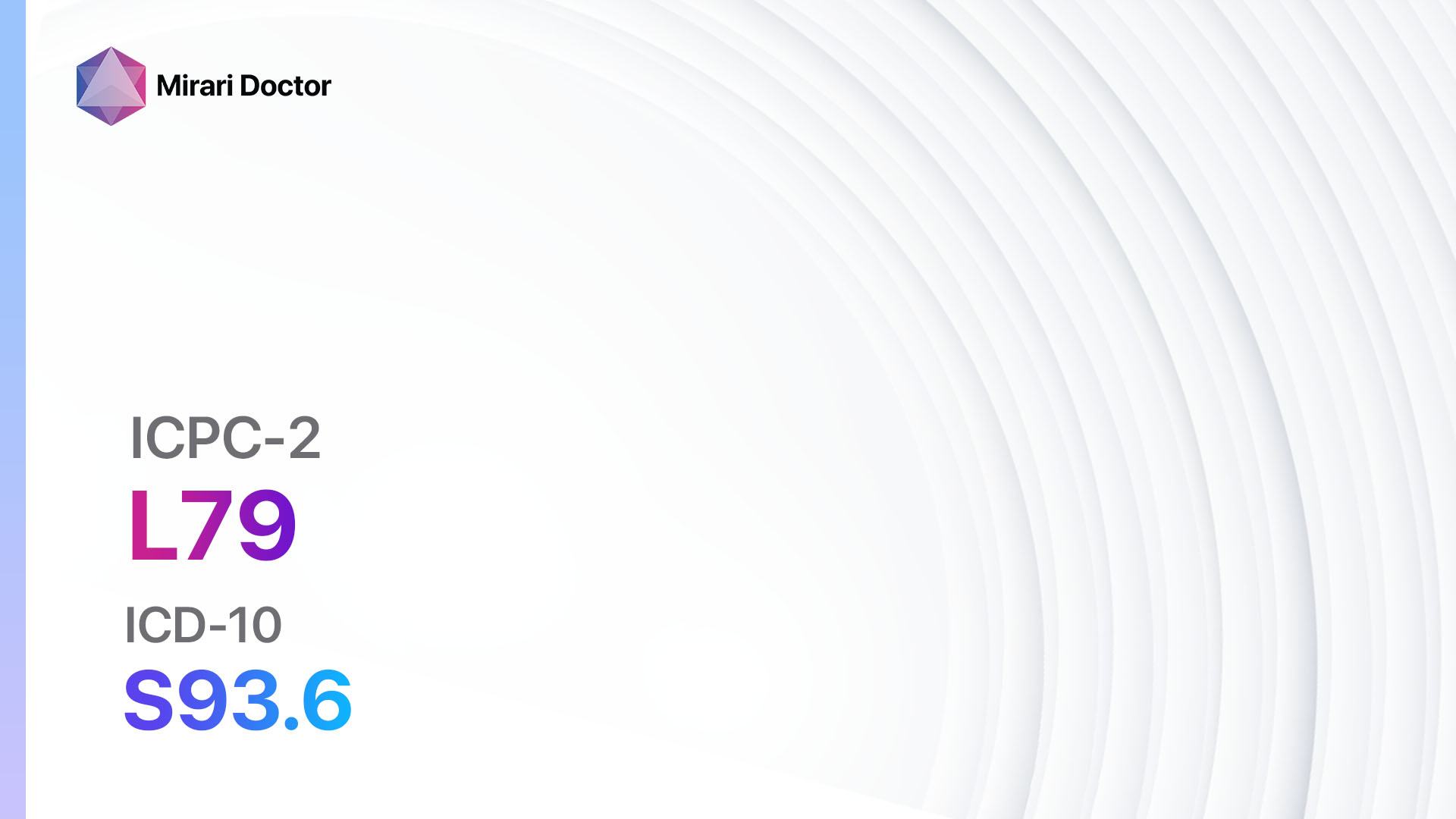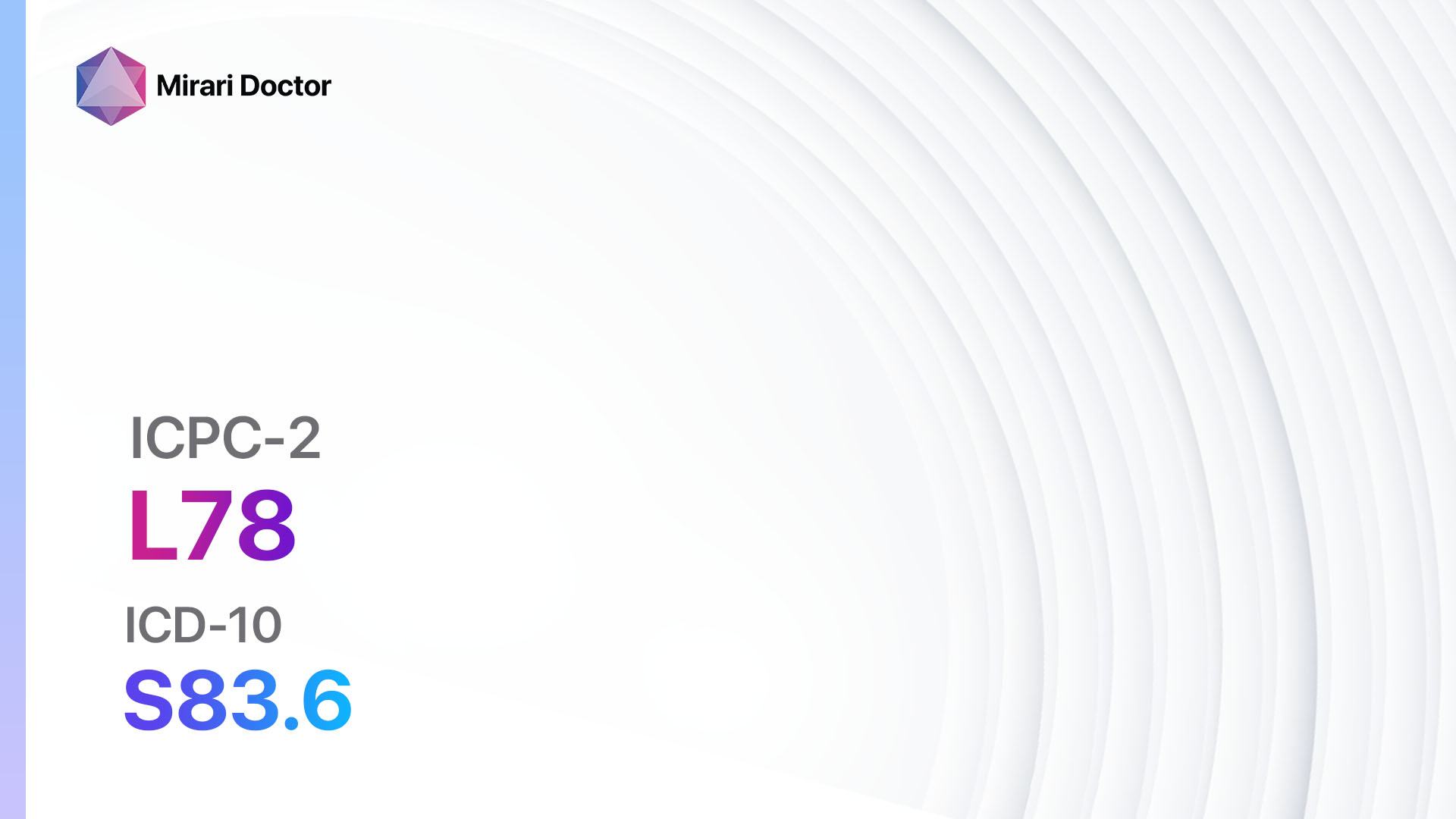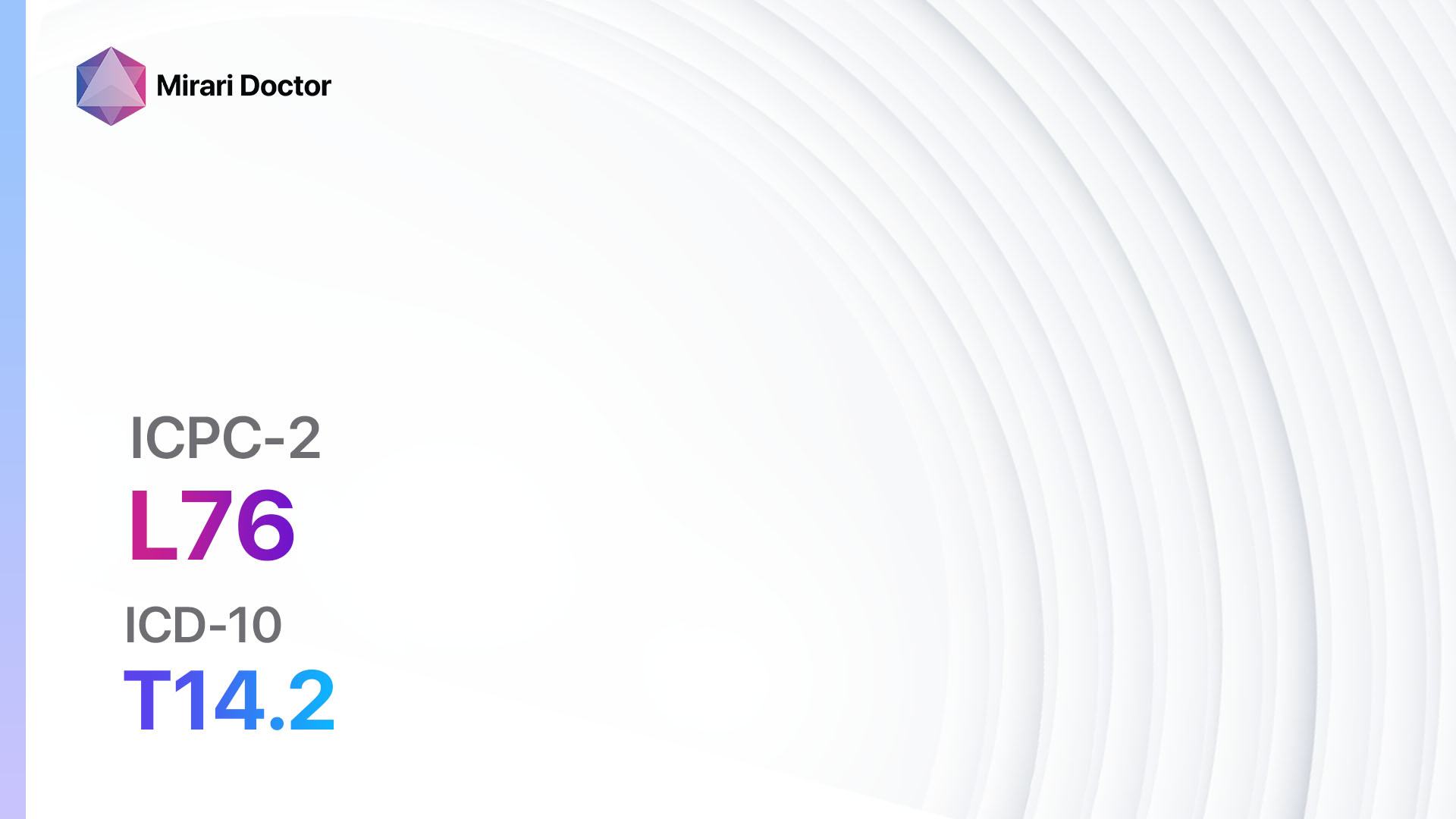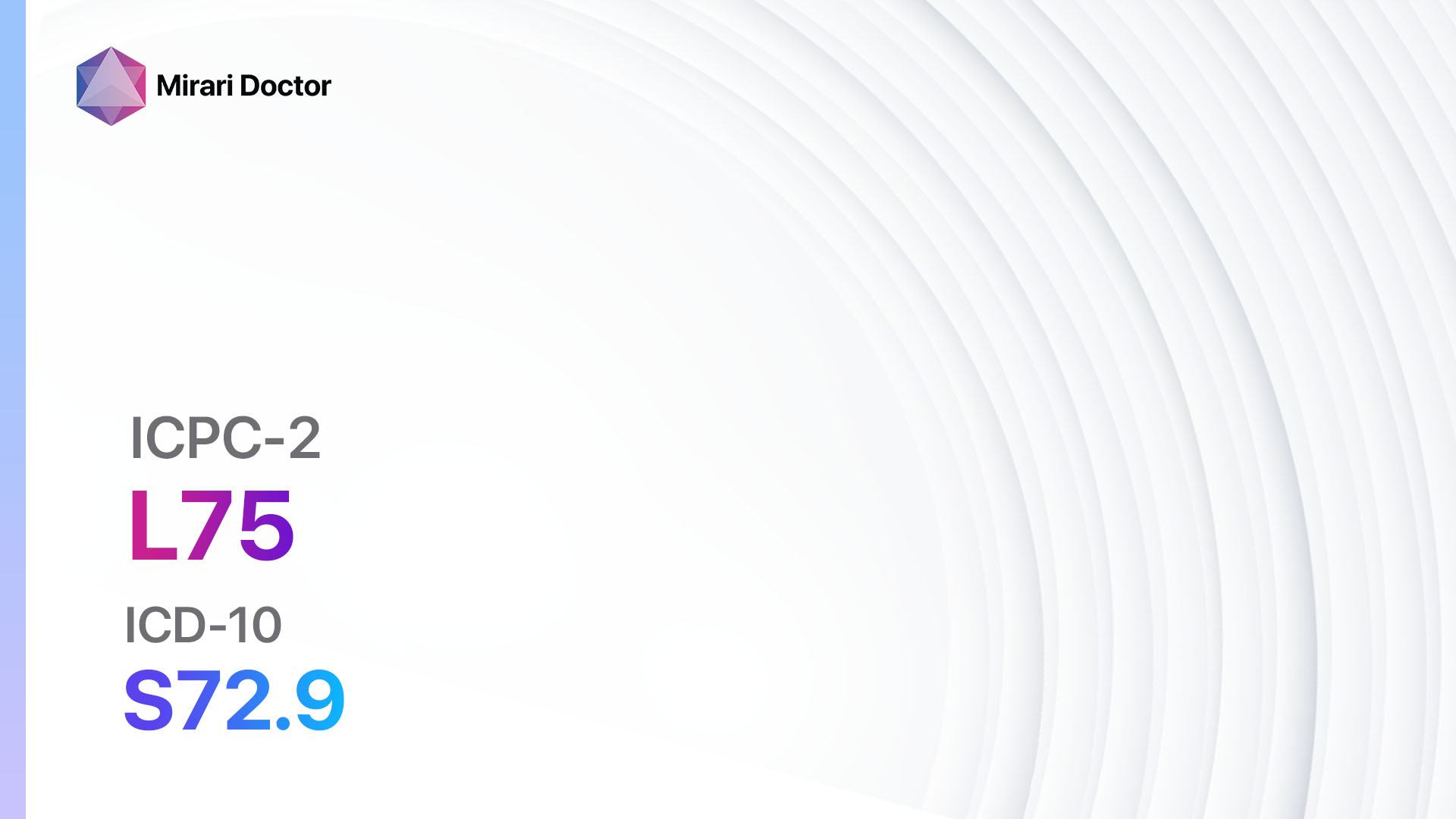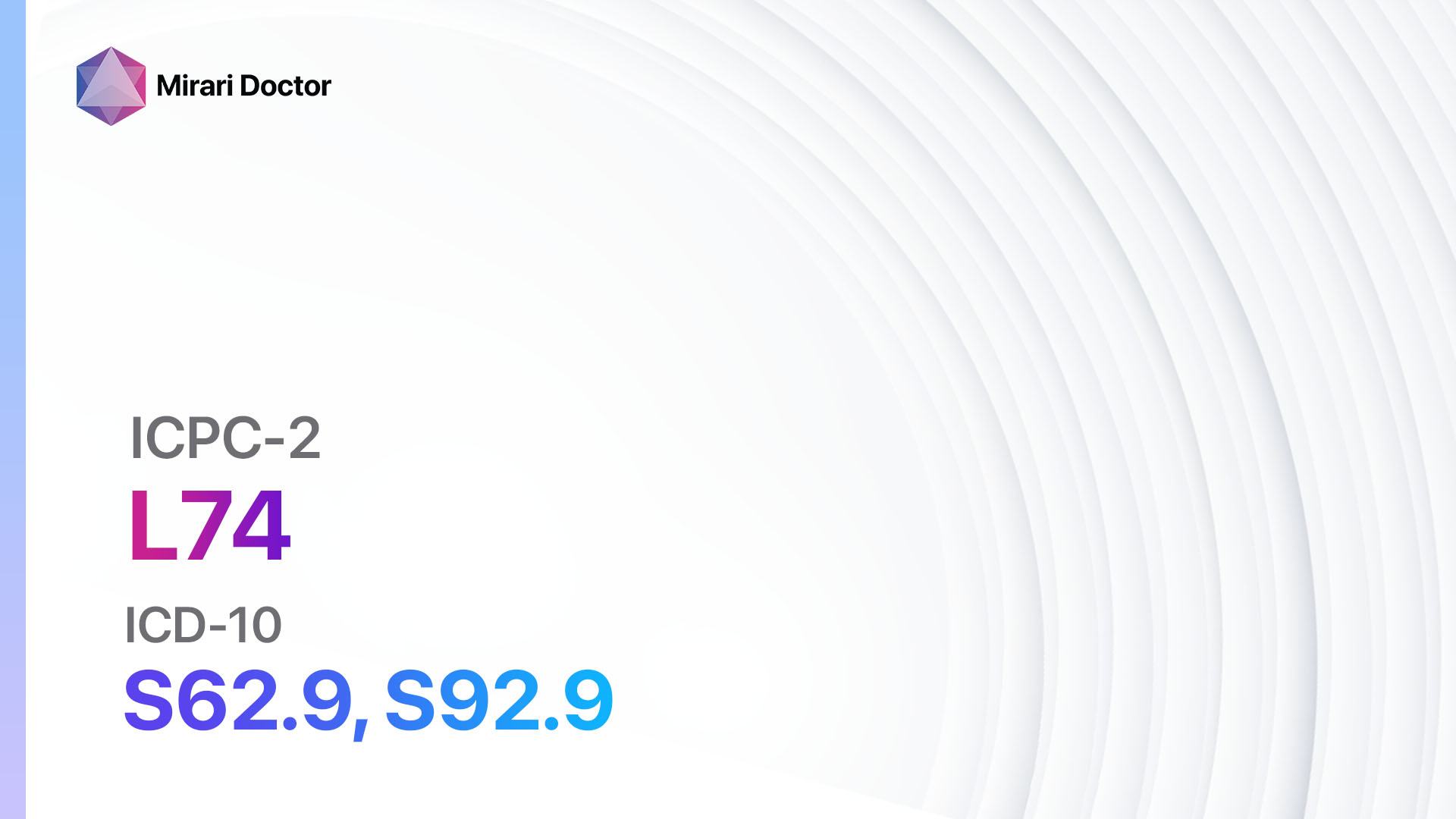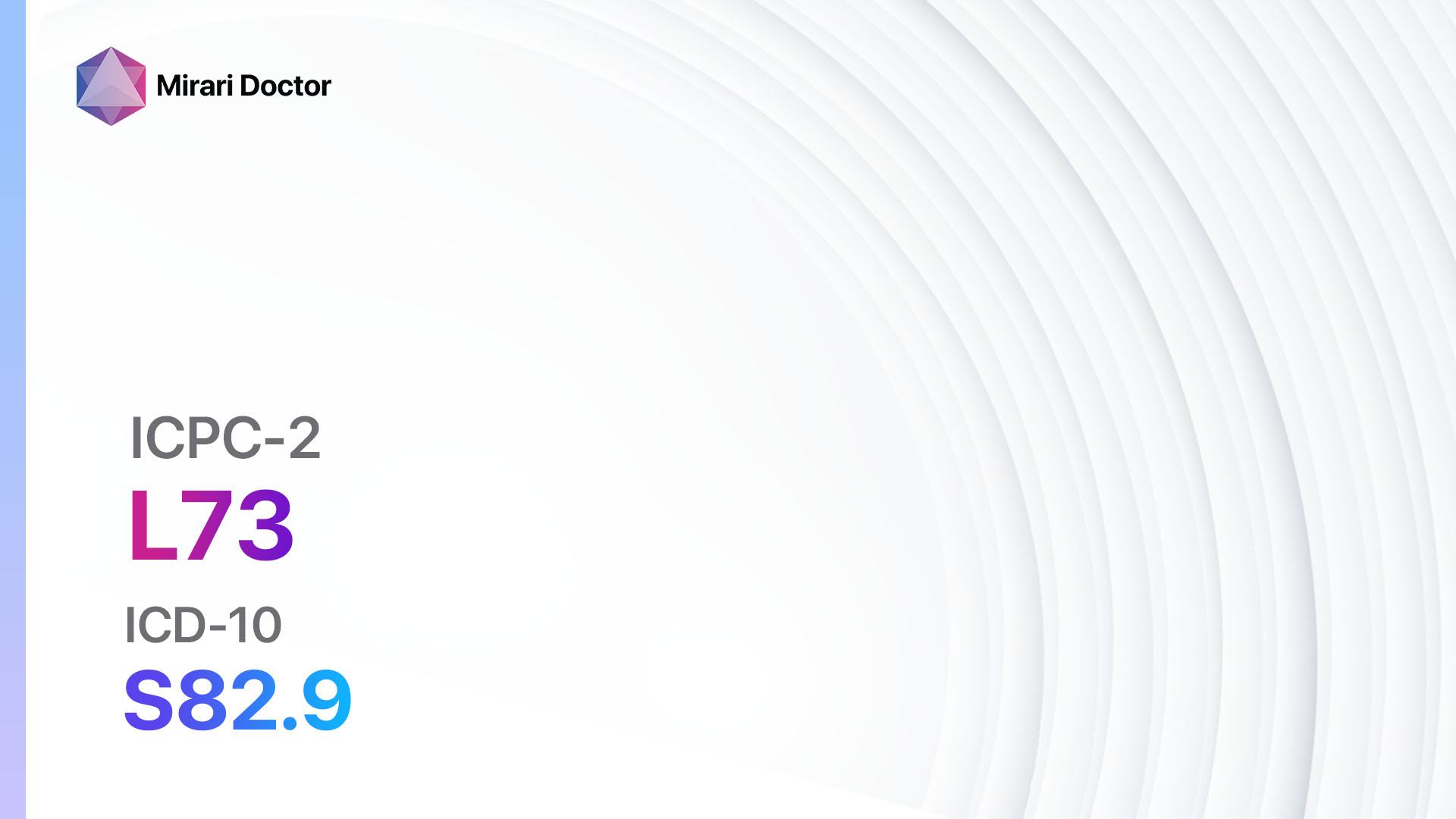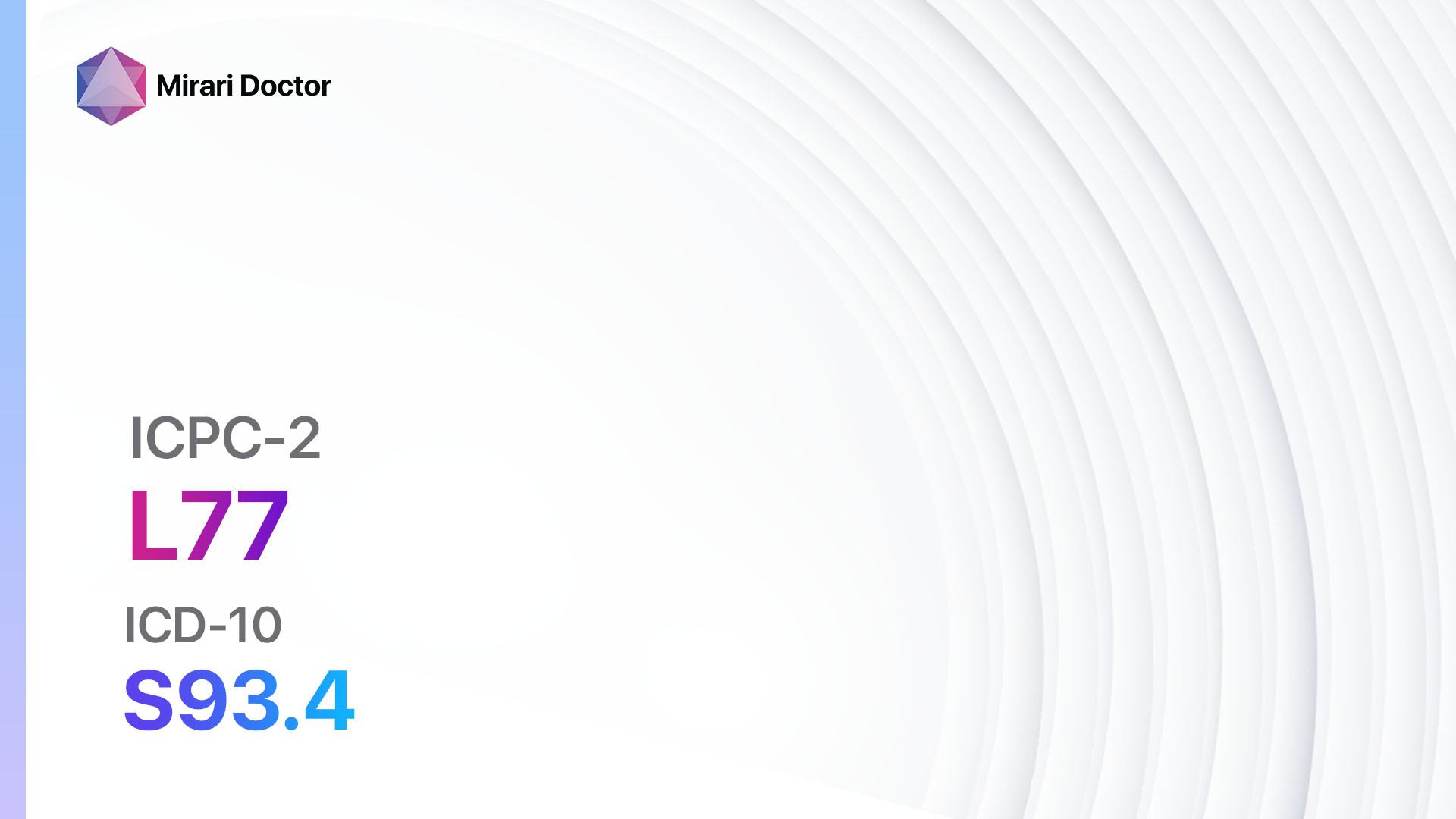
Introduction
Sprain/strain of the ankle is a common injury that occurs when the ligaments or muscles surrounding the ankle joint are stretched or torn[1]. This can happen due to a sudden twist or turn of the ankle, resulting in pain, swelling, and difficulty walking[2]. The aim of this guide is to provide a comprehensive overview of the symptoms, causes, diagnostic steps, possible interventions, and lifestyle interventions for sprain/strain of the ankle.
Codes
Symptoms
- Pain in the ankle joint[5]
- Swelling and bruising around the ankle[5]
- Difficulty walking or bearing weight on the affected ankle[6]
- Stiffness and limited range of motion in the ankle joint[7]
- Tenderness to touch[5]
- Instability or feeling of giving way in the ankle[8]
Causes
- Sudden twisting or turning of the ankle[9]
- Awkward landing after a jump or fall[9]
- Walking or running on uneven surfaces[9]
- Wearing improper footwear[10]
- Weak ankle muscles or ligaments[10]
- Previous ankle injury or sprain[10]
Diagnostic Steps
Medical History
- Gather information about the mechanism of injury
- Determine the severity of pain and swelling
- Assess any previous ankle injuries or sprains
- Identify any risk factors or underlying medical conditions that may contribute to ankle sprains/strains
Physical Examination
- Inspect the ankle for swelling, bruising, or deformity
- Palpate the ankle to assess for tenderness and instability
- Perform range of motion tests to evaluate the extent of injury
- Perform special tests, such as the anterior drawer test or talar tilt test, to assess ligament stability
Laboratory Tests
- No specific laboratory tests are required for the diagnosis of ankle sprain/strain
Diagnostic Imaging
- X-ray: To rule out fractures or dislocations
- MRI: To assess the extent of soft tissue damage, such as ligament tears or tendon injuries
Other Tests
- Ultrasound: Can be used to evaluate soft tissue injuries, such as ligament tears or tendon injuries
- Arthroscopy: In some cases, a minimally invasive procedure may be performed to directly visualize and assess the ankle joint
Follow-up and Patient Education
- Provide instructions for self-care at home, including rest, ice, compression, and elevation (RICE)
- Advise the patient on the use of crutches or a brace, if necessary, to offload the affected ankle
- Educate the patient on the importance of rehabilitation exercises and physical therapy to regain strength and stability in the ankle joint
- Schedule follow-up appointments to monitor the progress of healing and adjust the treatment plan as needed
Possible Interventions
Traditional Interventions
Medications:
Top 5 drugs for Sprain/strain of ankle:
- Nonsteroidal anti-inflammatory drugs (NSAIDs) (e.g., Ibuprofen, Naproxen):
- Cost: Generic versions can be $3-$20/month.
- Contraindications: History of gastrointestinal bleeding, renal impairment.
- Side effects: Upset stomach, heartburn, dizziness.
- Severe side effects: Gastrointestinal bleeding, kidney damage.
- Drug interactions: Anticoagulants, aspirin, other NSAIDs.
- Warning: Prolonged use may increase the risk of cardiovascular events.
- Acetaminophen:
- Cost: Generic versions can be $3-$10/month.
- Contraindications: Severe liver disease.
- Side effects: Rare at therapeutic doses.
- Severe side effects: Liver toxicity (with overdose).
- Drug interactions: Alcohol, other medications containing acetaminophen.
- Warning: Maximum daily dose should not exceed 4 grams.
- Muscle relaxants (e.g., Cyclobenzaprine):
- Cost: Generic versions can be $4-$20/month.
- Contraindications: History of heart rhythm disorders, recent myocardial infarction.
- Side effects: Drowsiness, dry mouth, dizziness.
- Severe side effects: Serotonin syndrome, allergic reactions.
- Drug interactions: Monoamine oxidase inhibitors, tricyclic antidepressants.
- Warning: Avoid alcohol and activities requiring mental alertness.
- Topical analgesics (e.g., Lidocaine patches, Capsaicin cream):
- Cost: Lidocaine patches can be $10-$50/month. Capsaicin cream can be $10-$20/month.
- Contraindications: Allergy to local anesthetics (for lidocaine patches), broken or irritated skin (for capsaicin cream).
- Side effects: Local skin reactions, such as redness or irritation.
- Severe side effects: Allergic reactions.
- Drug interactions: None significant.
- Warning: Follow instructions for proper application and avoid contact with eyes or mucous membranes.
- Corticosteroids (e.g., Prednisone):
- Cost: Generic versions can be $4-$20/month.
- Contraindications: Active infections, uncontrolled diabetes.
- Side effects: Increased appetite, weight gain, mood changes.
- Severe side effects: Adrenal suppression, osteoporosis.
- Drug interactions: NSAIDs, anticoagulants.
- Warning: Prolonged use may require gradual tapering to avoid adrenal insufficiency.
Alternative Drugs:
- Topical NSAIDs (e.g., Diclofenac gel): Can provide localized pain relief without systemic side effects.
- Arnica gel: A homeopathic remedy that may help reduce pain and swelling.
- Glucosamine and chondroitin: Supplements that may support joint health and reduce inflammation.
- Turmeric (curcumin): A natural anti-inflammatory agent that may help with pain relief.
Surgical Procedures:
- Surgery is typically not required for most ankle sprains/strains. However, in severe cases or when conservative treatments fail, surgical intervention may be considered.
- Surgical options may include ligament repair or reconstruction, tendon repair, or ankle arthroscopy.
- Cost: Surgical costs can range from $5,000 to $20,000, depending on the complexity of the procedure and the location.
Alternative Interventions
- Physical therapy: A structured rehabilitation program that includes exercises to improve strength, flexibility, and balance. Cost: $50-$200 per session.
- Chiropractic care: Manual therapy techniques, such as joint manipulation and mobilization, to reduce pain and improve joint function. Cost: $50-$150 per session.
- Acupuncture: May help reduce pain and promote healing. Cost: $60-$120 per session.
- Massage therapy: Can help relax muscles, reduce pain, and improve circulation. Cost: $60-$120 per session.
- Cold laser therapy: Low-level laser therapy that may help reduce pain and inflammation. Cost: $50-$150 per session.
Lifestyle Interventions
- Rest and elevation: Resting the affected ankle and elevating it above heart level can help reduce swelling and promote healing. Cost: Free.
- Ice therapy: Applying ice packs to the ankle for 15-20 minutes every 2-3 hours can help reduce pain and swelling. Cost: Free or minimal cost for ice packs.
- Compression: Using an elastic bandage or compression sleeve can help reduce swelling and provide support to the ankle. Cost: $10-$30 for compression bandages or sleeves.
- Ankle braces or supports: Wearing a supportive brace or ankle support can help stabilize the joint and prevent further injury. Cost: $20-$100 for ankle braces or supports.
- Proper footwear: Wearing shoes with good arch support and cushioning can help prevent ankle sprains/strains. Cost: Varies depending on the brand and type of shoes.
It is important to note that the cost ranges provided are approximate and may vary depending on the location and availability of the interventions.
Mirari Cold Plasma Alternative Intervention
Understanding Mirari Cold Plasma
- Safe and Non-Invasive Treatment: Mirari Cold Plasma is a safe and non-invasive treatment option for various skin conditions. It does not require incisions, minimizing the risk of scarring, bleeding, or tissue damage.
- Efficient Extraction of Foreign Bodies: Mirari Cold Plasma facilitates the removal of foreign bodies from the skin by degrading and dissociating organic matter, allowing easier access and extraction.
- Pain Reduction and Comfort: Mirari Cold Plasma has a local analgesic effect, providing pain relief during the treatment, making it more comfortable for the patient.
- Reduced Risk of Infection: Mirari Cold Plasma has antimicrobial properties, effectively killing bacteria and reducing the risk of infection.
- Accelerated Healing and Minimal Scarring: Mirari Cold Plasma stimulates wound healing and tissue regeneration, reducing healing time and minimizing the formation of scars.
Mirari Cold Plasma Prescription
Video instructions for using Mirari Cold Plasma Device – L77 Sprain/strain of ankle (ICD-10:S93.4)
| Mild | Moderate | Severe |
| Mode setting: 2 (Wound Healing) Location: 0 (Localized) Morning: 15 minutes, Evening: 15 minutes |
Mode setting: 2 (Wound Healing) Location: 0 (Localized) Morning: 30 minutes, Lunch: 30 minutes, Evening: 30 minutes |
Mode setting: 2 (Wound Healing) Location: 0 (Localized) Morning: 30 minutes, Lunch: 30 minutes, Evening: 30 minutes |
| Mode setting: 9 (Arthritis) Location: 0 (Localized) Morning: 15 minutes, Evening: 15 minutes |
Mode setting: 9 (Arthritis) Location: 0 (Localized) Morning: 30 minutes, Lunch: 30 minutes, Evening: 30 minutes |
Mode setting: 9 (Arthritis) Location: 0 (Localized) Morning: 30 minutes, Lunch: 30 minutes, Evening: 30 minutes |
| Total Morning: 30 minutes approx. $5 USD, Evening: 30 minutes approx. $5 USD |
Total Morning: 60 minutes approx. $10 USD, Lunch: 60 minutes approx. $10 USD, Evening: 60 minutes approx. $10 USD, |
Total Morning: 60 minutes approx. $10 USD, Lunch: 60 minutes approx. $10 USD, Evening: 60 minutes approx. $10 USD, |
| Usual treatment for 7-60 days approx. $70 USD – $600 USD | Usual treatment for 6-8 weeks approx. $1,260 USD – $1,680 USD |
Usual treatment for 3-6 months approx. $2,700 USD – $5,400 USD
|
 |
|
Use the Mirari Cold Plasma device to treat Sprain/strain of ankle effectively.
WARNING: MIRARI COLD PLASMA IS DESIGNED FOR THE HUMAN BODY WITHOUT ANY ARTIFICIAL OR THIRD PARTY PRODUCTS. USE OF OTHER PRODUCTS IN COMBINATION WITH MIRARI COLD PLASMA MAY CAUSE UNPREDICTABLE EFFECTS, HARM OR INJURY. PLEASE CONSULT A MEDICAL PROFESSIONAL BEFORE COMBINING ANY OTHER PRODUCTS WITH USE OF MIRARI.
Step 1: Cleanse the Skin
- Start by cleaning the affected area of the skin with a gentle cleanser or mild soap and water. Gently pat the area dry with a clean towel.
Step 2: Prepare the Mirari Cold Plasma device
- Ensure that the Mirari Cold Plasma device is fully charged or has fresh batteries as per the manufacturer’s instructions. Make sure the device is clean and in good working condition.
- Switch on the Mirari device using the power button or by following the specific instructions provided with the device.
- Some Mirari devices may have adjustable settings for intensity or treatment duration. Follow the manufacturer’s instructions to select the appropriate settings based on your needs and the recommended guidelines.
Step 3: Apply the Device
- Place the Mirari device in direct contact with the affected area of the skin. Gently glide or hold the device over the skin surface, ensuring even coverage of the area experiencing.
- Slowly move the Mirari device in a circular motion or follow a specific pattern as indicated in the user manual. This helps ensure thorough treatment coverage.
Step 4: Monitor and Assess:
- Keep track of your progress and evaluate the effectiveness of the Mirari device in managing your Sprain/strain of ankle. If you have any concerns or notice any adverse reactions, consult with your health care professional.
Note
This guide is for informational purposes only and should not replace the advice of a medical professional. Always consult with your healthcare provider or a qualified medical professional for personal advice, diagnosis, or treatment. Do not solely rely on the information presented here for decisions about your health. Use of this information is at your own risk. The authors of this guide, nor any associated entities or platforms, are not responsible for any potential adverse effects or outcomes based on the content.
Mirari Cold Plasma System Disclaimer
- Purpose: The Mirari Cold Plasma System is a Class 2 medical device designed for use by trained healthcare professionals. It is registered for use in Thailand and Vietnam. It is not intended for use outside of these locations.
- Informational Use: The content and information provided with the device are for educational and informational purposes only. They are not a substitute for professional medical advice or care.
- Variable Outcomes: While the device is approved for specific uses, individual outcomes can differ. We do not assert or guarantee specific medical outcomes.
- Consultation: Prior to utilizing the device or making decisions based on its content, it is essential to consult with a Certified Mirari Tele-Therapist and your medical healthcare provider regarding specific protocols.
- Liability: By using this device, users are acknowledging and accepting all potential risks. Neither the manufacturer nor the distributor will be held accountable for any adverse reactions, injuries, or damages stemming from its use.
- Geographical Availability: This device has received approval for designated purposes by the Thai and Vietnam FDA. As of now, outside of Thailand and Vietnam, the Mirari Cold Plasma System is not available for purchase or use.
References
- Polzer, H., Kanz, K. G., Prall, W. C., Haasters, F., Ockert, B., Mutschler, W., & Grote, S. (2012). Diagnosis and treatment of acute ankle injuries: development of an evidence-based algorithm. Orthopedic reviews, 4(1), e5. https://doi.org/10.4081/or.2012.e5
- Tiemstra J. D. (2012). Update on acute ankle sprains. American family physician, 85(12), 1170–1176.
- ICD-10-CM Code S93.4 – Sprain of ankle. (n.d.). Retrieved from https://www.icd10data.com/ICD10CM/Codes/S00-T88/S90-S99/S93-/S93.4
- Sprained ankle – Symptoms and causes. (2021, February 11). Mayo Clinic. https://www.mayoclinic.org/diseases-conditions/sprained-ankle/symptoms-causes/syc-20353225
- Ankle Sprain. (n.d.). Physiopedia. Retrieved from https://www.physio-pedia.com/Ankle_Sprain
- Wolfe, M. W., Uhl, T. L., Mattacola, C. G., & McCluskey, L. C. (2001). Management of ankle sprains. American family physician, 63(1), 93–104.
- Hertel J. (2002). Functional Anatomy, Pathomechanics, and Pathophysiology of Lateral Ankle Instability. Journal of athletic training, 37(4), 364–375.
- Ankle Sprain – StatPearls – NCBI Bookshelf. (2021). https://www.ncbi.nlm.nih.gov/books/NBK542234/
- Beynnon, B. D., Murphy, D. F., & Alosa, D. M. (2002). Predictive Factors for Lateral Ankle Sprains: A Literature Review. Journal of athletic training, 37(4), 376–380.
- Kaminski, T. W., Hertel, J., Amendola, N., Docherty, C. L., Dolan, M. G., Hopkins, J. T., Nussbaum, E., Poppy, W., Richie, D., & National Athletic Trainers’ Association (2013). National Athletic Trainers’ Association position statement: conservative management and prevention of ankle sprains in athletes. Journal of athletic training, 48(4), 528–545. https://doi.org/10.4085/1062-6050-48.4.02
Related articles
Made in USA


